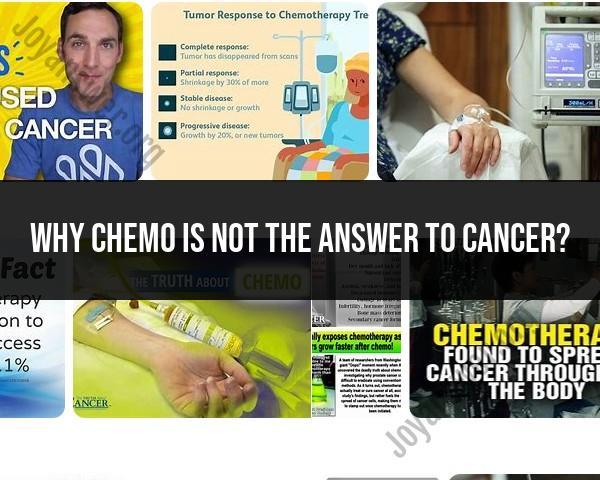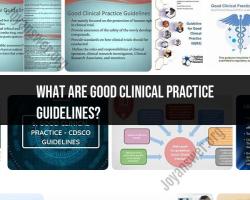Why Chemo is not the answer to cancer?
Morningstar fund ratings can be a useful tool for investors seeking information and guidance when evaluating mutual funds and other investment vehicles. Morningstar is a widely recognized financial services company that provides independent investment research and analysis. Morningstar assigns ratings to mutual funds based on various factors, and these ratings can offer investors valuable insights. Here's how Morningstar fund ratings can help investors:
Objective Evaluation:
- Morningstar's fund ratings are based on a rigorous and systematic evaluation process. They consider both quantitative and qualitative factors, including historical performance, risk-adjusted returns, fund manager expertise, fees, and other relevant criteria. This provides investors with an objective and comprehensive assessment of a fund's attributes.
Consolidated Information:
- Morningstar condenses a significant amount of information into a simple and easy-to-understand rating system. This helps investors quickly assess the overall quality of a fund without delving into extensive details. The ratings provide a snapshot of a fund's past performance and key characteristics.
Performance Comparison:
- Morningstar fund ratings allow investors to compare the performance of different funds within the same category. The ratings help identify funds that have consistently outperformed their peers or have exhibited strong risk-adjusted returns.
Risk Assessment:
- Morningstar considers risk factors when assigning fund ratings. Investors can use these ratings to gauge the level of risk associated with a particular fund. This includes an assessment of volatility, downside risk, and other factors that may impact investment returns.
Long-Term Perspective:
- Morningstar's ratings are based on a long-term perspective, considering a fund's performance over multiple years. This approach helps investors assess a fund's ability to deliver consistent returns and navigate various market conditions.
Fund Manager Evaluation:
- Morningstar evaluates the expertise and track record of fund managers. This information is crucial for investors who want to understand the leadership behind a fund and assess the manager's ability to make sound investment decisions.
Fee Considerations:
- Morningstar considers the fees associated with a fund when assigning ratings. Lower-cost funds may receive higher ratings if they deliver competitive performance, providing investors with insights into the cost-effectiveness of a particular investment.
Morningstar Medalist Ratings:
- In addition to the star ratings, Morningstar designates certain funds as "Medalist" funds. These are funds that Morningstar analysts believe have a strategic advantage or stand out in terms of their overall quality.
While Morningstar fund ratings offer valuable information, it's important for investors to use them as one part of a broader due diligence process. Consideration of individual investment goals, risk tolerance, and time horizon is crucial. Moreover, past performance does not guarantee future results, and investors should regularly review their investment portfolios to ensure alignment with their financial objectives.
While chemotherapy remains a powerful tool in the fight against cancer, its limitations and potential downsides have led some individuals to argue for a more nuanced approach to treatment. Let's explore these arguments and the growing landscape of alternative and complementary cancer therapies:
1. Arguments against Chemotherapy as the Sole Answer:
- Side effects: Chemotherapy can cause significant side effects like nausea, fatigue, hair loss, and organ damage, impacting quality of life and potentially hindering treatment continuation.
- Ineffectiveness in certain cancers: Not all cancers respond well to chemotherapy, and some even develop resistance, rendering it ineffective.
- Non-specificity: Chemotherapy targets rapidly dividing cells, impacting both cancerous and healthy cells, causing side effects.
- Potential for long-term consequences: Some potential long-term effects like increased risk of heart disease or secondary cancers raise concerns about its broader impact on health.
2. Limitations and Criticisms of Chemotherapy:
- Lack of personalization: One-size-fits-all approach might not suit every individual's cancer type and genetic makeup.
- High cost: Chemotherapy treatment can be expensive, creating financial burdens for patients and healthcare systems.
- Psychological impact: The process can be physically and emotionally demanding, affecting mental well-being and quality of life.
- Ethical considerations: The potential for severe side effects and limited effectiveness in some cases raise ethical concerns regarding treatment choices.
3. Alternative and Complementary Approaches:
- Immunotherapy: Boosts the immune system to recognize and attack cancer cells, offering a more targeted approach with potentially fewer side effects.
- Targeted therapies: Drugs designed to target specific molecular abnormalities in cancer cells, offering precise and effective treatment with minimal impact on healthy cells.
- Radiation therapy: Localized treatment using high-energy beams to destroy cancer cells, often combined with other therapies.
- Surgery: Removal of cancerous tissue remains a crucial intervention in many cases.
- Palliative care: Focuses on managing symptoms and improving quality of life, providing additional support during treatment.
- Complementary therapies: Some approaches like acupuncture, yoga, and meditation may complement conventional treatment by improving pain management, reducing stress, and boosting overall well-being.
4. Personalized and Targeted Therapies:
- Personalized medicine: Analyzes individual genetic and molecular profiles to tailor treatment regimens for optimal effectiveness and minimized side effects.
- Targeted therapies: Drugs designed to specifically target molecular pathways or mutations within cancer cells, leading to more effective and less-toxic treatment.
- Gene therapy: Emerging approach uses genetic material to treat or prevent genetic diseases, holding potential for cancer treatment in the future.
5. Ongoing Research and Advancements:
- Immunotherapy research: Development of new immunotherapies targeting different aspects of the immune system to enhance its anti-cancer response.
- Precision medicine: Ongoing research on genetic and molecular profiling of cancer to further personalize treatment approaches.
- Gene editing technologies: CRISPR-Cas9 and other gene editing tools hold potential for modifying genes within cancer cells for therapeutic purposes.
- Nanomedicine: Development of nanoparticles for targeted drug delivery and cancer imaging, potentially improving effectiveness and reducing side effects.
While chemotherapy remains a valuable tool in the fight against cancer, it's essential to acknowledge its limitations and explore alternative and complementary approaches. Personalized and targeted therapies offer promising avenues for more effective and less-toxic treatments, and ongoing research continues to unveil new possibilities for the future of cancer care.
Remember, decisions regarding cancer treatment should be made in consultation with qualified healthcare professionals who can assess individual needs and recommend the most suitable options based on the latest evidence and advancements.












